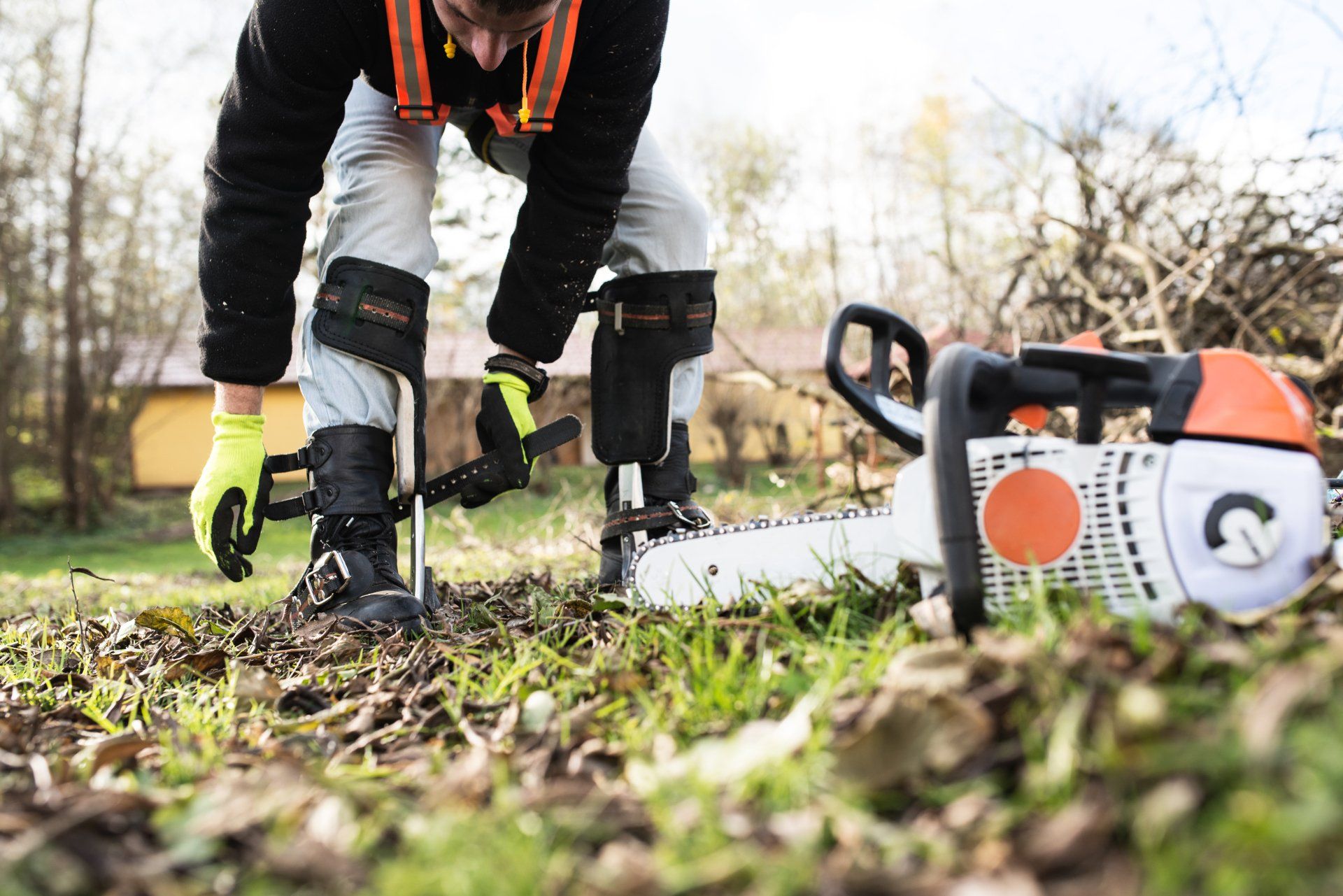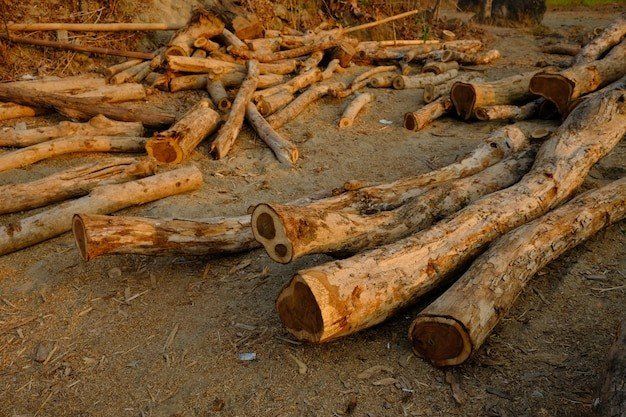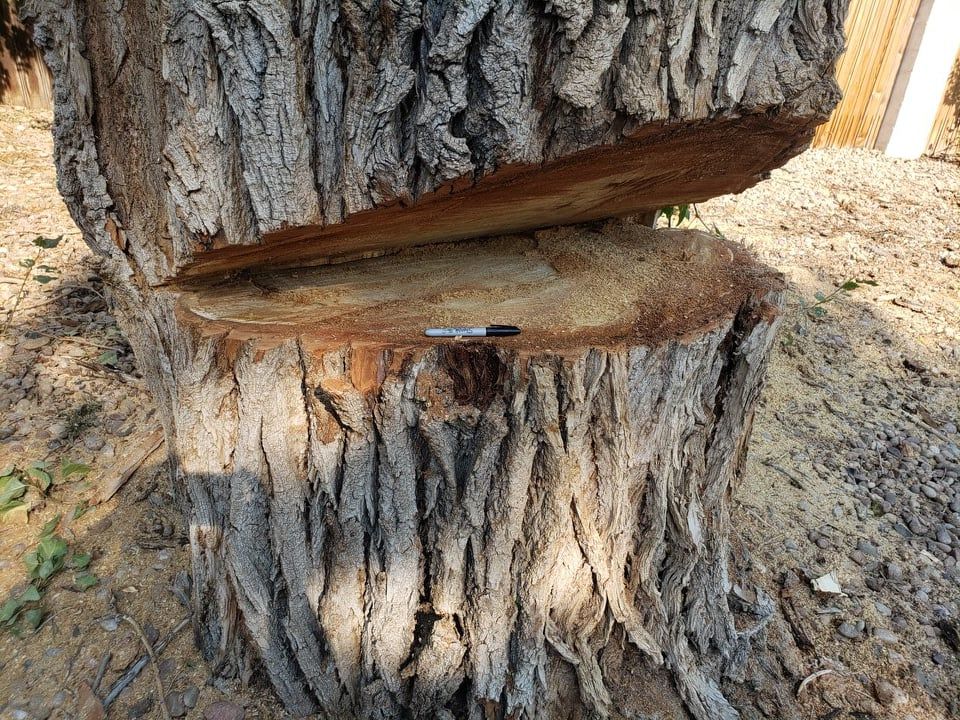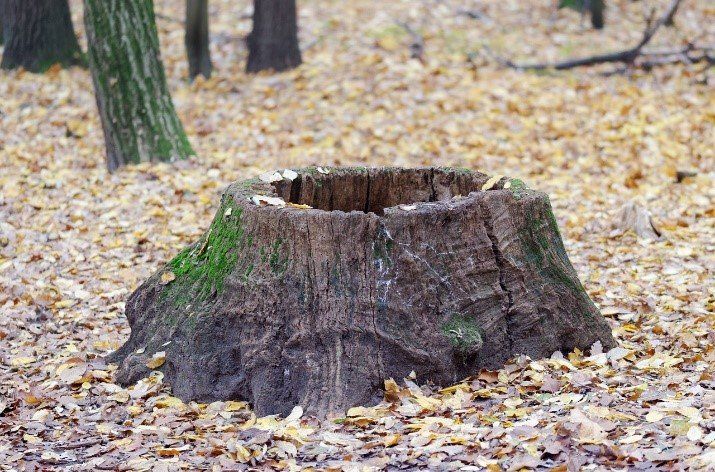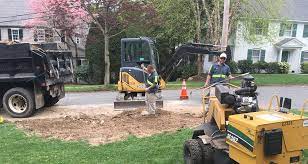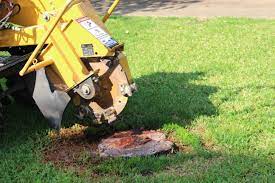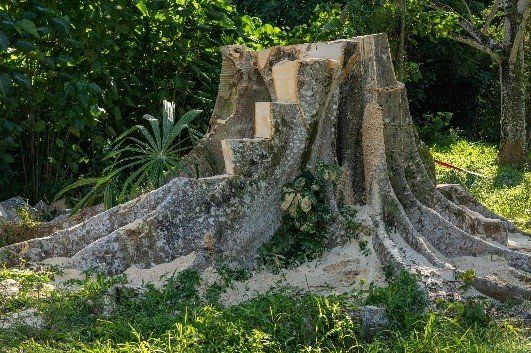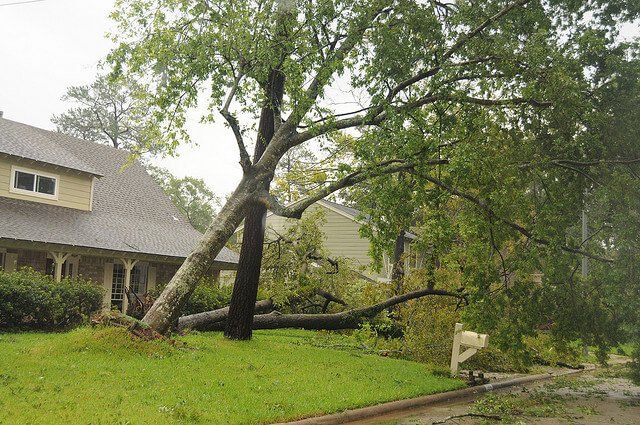Will the stump grow back after grinding?
Will the stump grow back after grinding?
Grinding stumps is a common practice in forests and wood lots. Depending on the size of the stump and surrounding soil, it can take anywhere from a few months to a few years for the stump to grow back. Grinding a stump removes its ability to sprout new shoots because it removes all of the above-ground biomass—the nutrients, leaves, stems, and roots that are necessary for regrowth. Grinding also exposes the stump’s cambium layer so that sunlight can hit it directly; this prevents new shoots from growing out of the side or underside of the stump and speeds up decay by exposing more surface area to UV light and moisture. The amount of time it takes for a grinding operation to pay back depends on many factors, including tree species, location, volume cut from an individual tree, stand age, clearcutting vs. leaving stumps, soil moisture conditions after grinding, etc…That being said...
Why does it take so long for stumps to regrow?
It’s important to understand that stumps are living organisms that have a set growth cycle. Innately, a tree’s goal is to survive and reproduce. When a tree is cut down, it goes through a series of events that lead to its demise. As the tree is cut down, its leaves go from absorbing CO2 to producing CO2. The tree’s leaves and stem are full of chlorophyll, the green pigment that is essential to photosynthesis (the process in which trees convert sunlight and CO2 into energy). Once cut, the chlorophyll in the leaves degrades and the CO2 is released into the atmosphere. As the stump decays, water is absorbed by the remaining stump and is transpired into the atmosphere by the stump’s leaves. In the first few weeks after the tree is cut down, the stump will lose a massive amount of water through the stump’s cambium layer. The cambium layer is the layer of the stump that produces new cells for the tree. As these cells die, the stump’s cells are decomposed by microbes. After the first few weeks, the stump will retain a large amount of water.
How can you tell if a stump has been ground?
A stump that has been ground will show signs of decomposition, like a rotting smell and dark discoloration of the stump. A freshly ground stump will smell like fresh sawdust and will be moist to the touch. Once the stump has decomposed to the point that it has lost its green colour, it has been ground. The stump will be light brown to grey in colour and will be dry to the touch. If the stump is ground, you will also notice that the stump has been sawn off a few inches below ground level.
Why is it important to know if a stump has been ground?
Knowing if the stump has been ground will determine how quickly the stump will decay and if you have the potential for a regrowth issue. If the stump is ground, the amount of time it takes for the stump to decompose depends on the stump’s size and the surrounding soil conditions.
What will happen to my soil after grinding?
When a stump is ground, it will add organic matter to the soil and increase the amount of water and nutrients that leach into the soil. The decomposition process uses the stump’s carbon, nitrogen, and other nutrients in order to breakdown the sawdust and leaves that are inside the stump, which are then leached into the soil. This can cause a minor (and short-term) increase in the soil’s pH level, which is generally considered a good thing for forest soils.
What happens when the stump starts growing again?
Once the stump has decomposed below a certain level, new shoots will grow, depending on stand age and species. The younger the stand, the more likely it is for regrowth to occur. There is less risk of regrowth if the stump has been ground and has decomposed down to the cambium layer. If the decomposition process has reached the cambium layer, then the stump will not be able to regrow because it has no leaves to absorb CO2. If a stump is chopped off at or above the soil level and it has not been ground, it will regrow.
Can we use the stump for anything after it grows back?
Once a stump regrows, it can be used for a variety of things, such as harvesting sawdust, burning, or using the stump as a living stump for a new tree. If a stump has been ground and chopped below the cambium layer, it can also be used for a living stump. The stump will be unable to heal itself and grow into a new tree, and any cuts you make in the stump are likely to remain open because there is no cambium layer to seal the cuts together. If there has been no other disturbance in the vicinity of the stump (i.e. there is no other harvesting activity nearby) then the stump can be used for a living stump to grow a new tree (pending species, site conditions, etc).
What is a living stump?
A living stump is a stump that has been left in the ground and undisturbed long enough that it seals itself, as all healthy trees do naturally by closing off the vascular tissue of the stump. This stump will look like a normal tree with bark, branches, leaves, etc that is growing out of the ground. A living stump can be used to store carbon and help regulate soil temperature, moisture, and nutrients.
How do stumps regrow?
When the stump is chopped off at or above soil level, the stump’s vascular tissue remains intact. This vascular tissue is the network of vessels that transports water and minerals up and down the trunk. The vascular tissue is what closes off the vascular tissue from the stump. When this tissue is exposed to air, it dries out and closes off the stump. When the vascular tissue closes off, the stump is unable to transport water and minerals up and down the trunk. This is why stumps can’t grow new shoots above soil level.
How long does it take for a stump to regrow?
Depending on the species and the size of the stump, it can take anywhere from a few months to a few years for the stump to regrow and be ready to be harvested again. If the stump has been ground, it will take longer to regrow because the stump has decomposed down to the cambium layer, where the vascular tissue is located.
